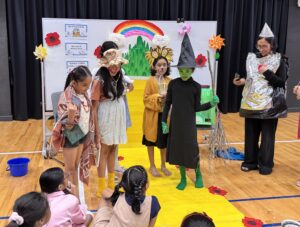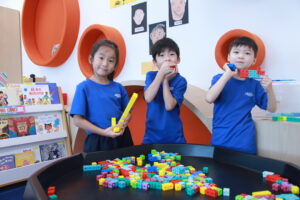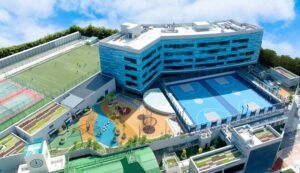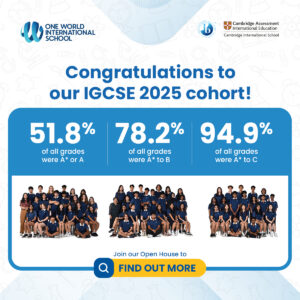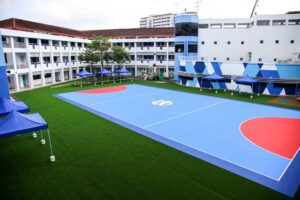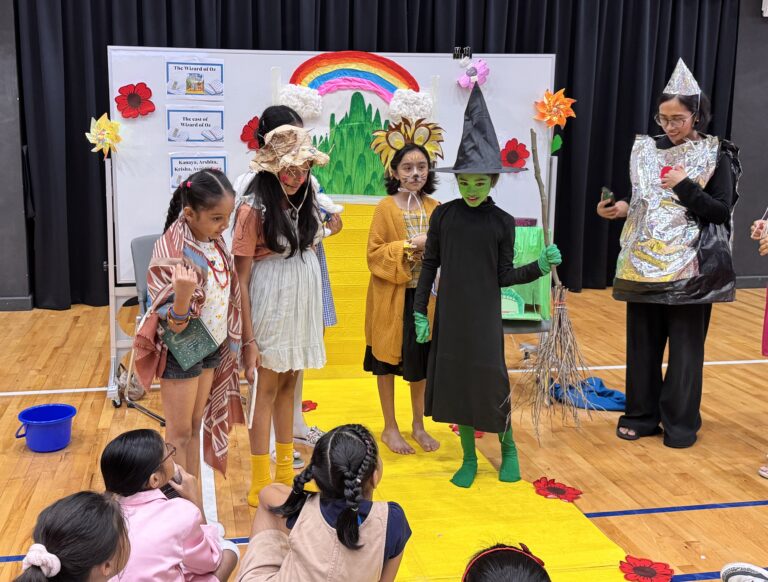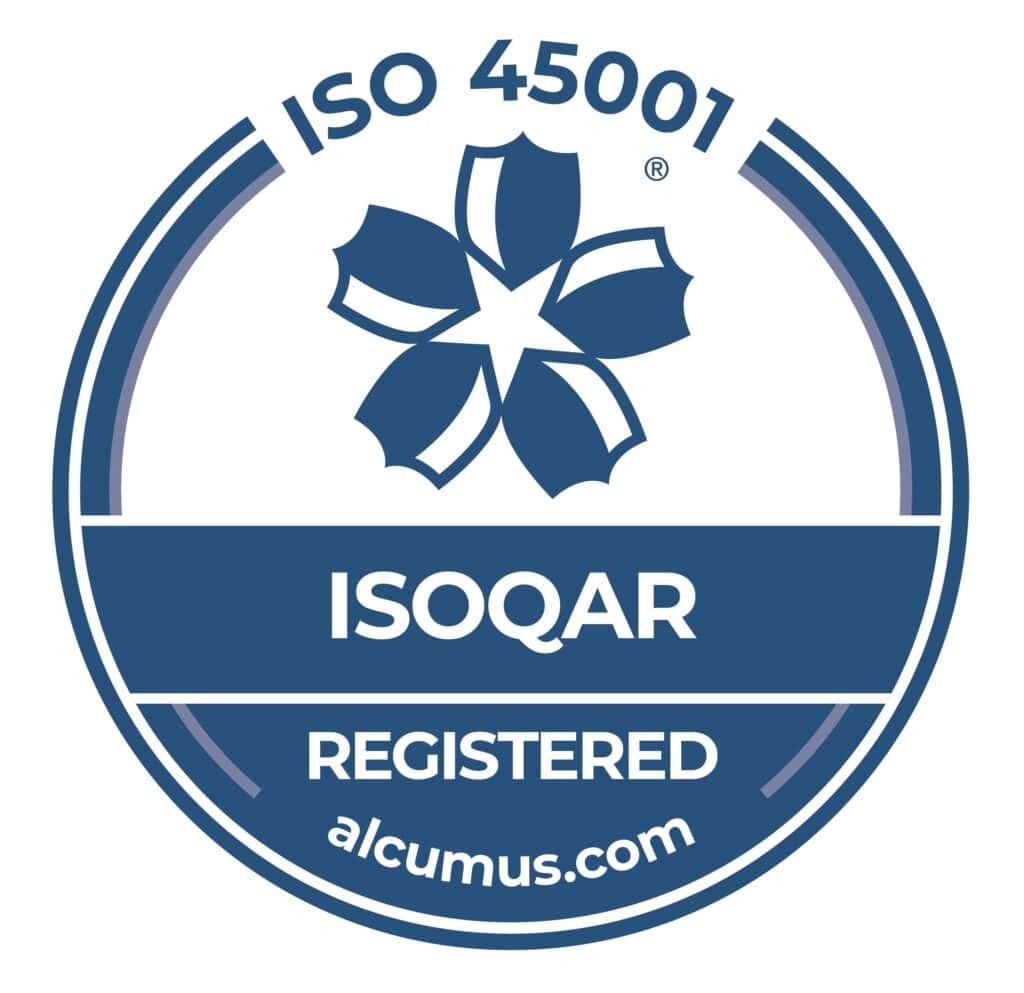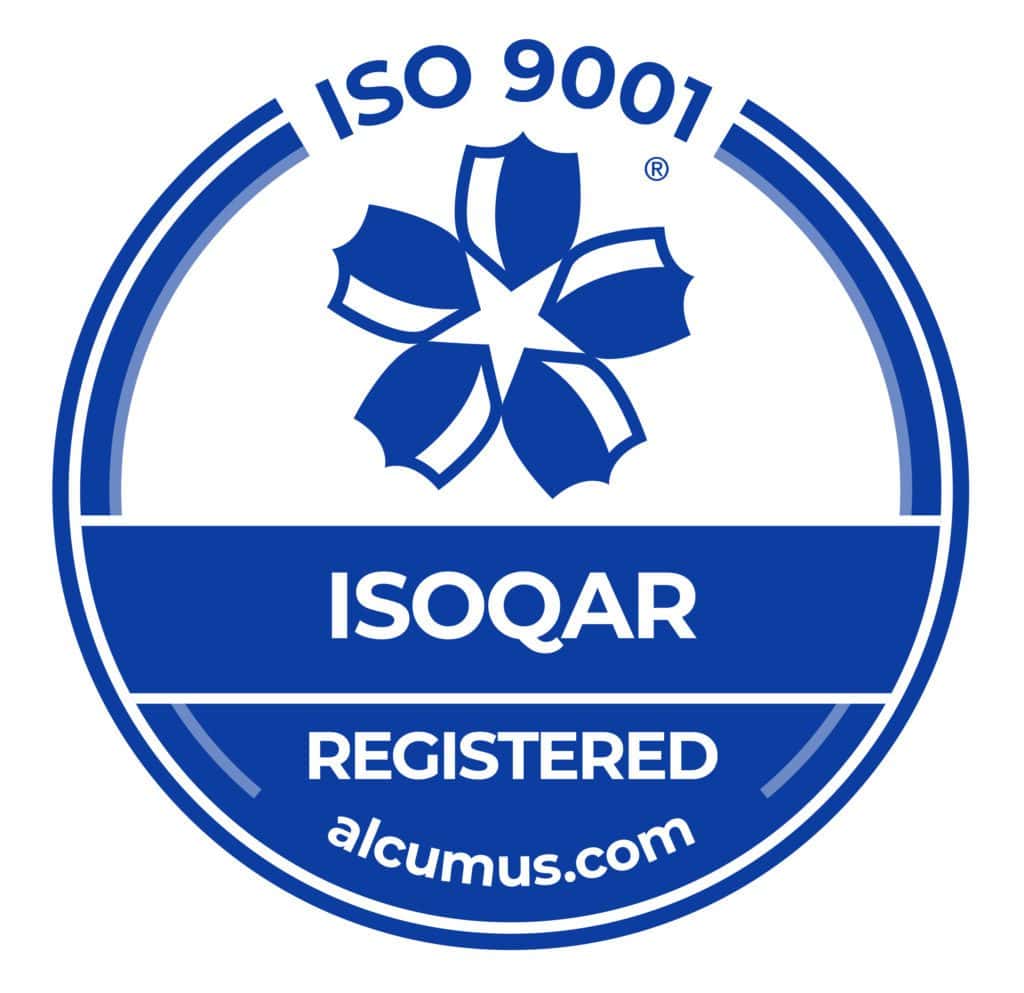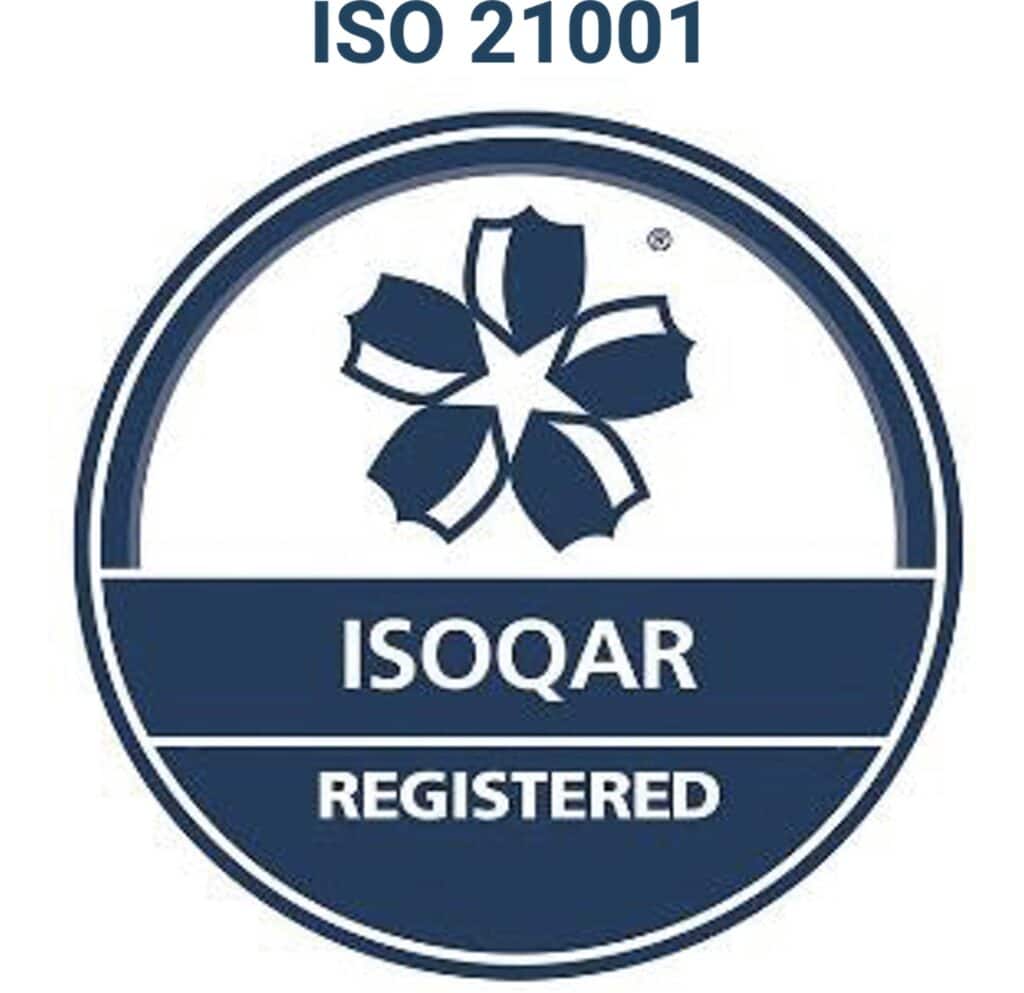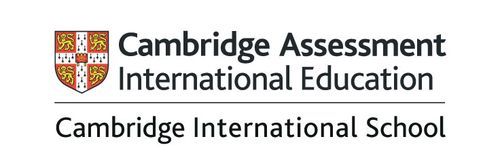It is project time in a primary classroom, and students look expectantly at the teacher. But this isn’t a school that believes in the traditional education approach of handing students the same assignment and seeing how they fare.
Instead, the teacher offers a theme with a broad scope to the students and asks them to interpret it individually or in small groups and present the result of their thought process back to the class after two weeks.
As a result, one student presents a 3-D model, another has written a skit to highlight the theme, and yet another pair created a video with a catchy audio track on the topic.
Welcome to an inquiry-based classroom in a primary school that believes in child-led learning.
What is Child-Led Learning in the Primary School Context?
Child-led learning is an educational approach in which children are given opportunities for autonomy and to take ownership of their learning. In the primary school context, this translates into encouraging children to have a voice and choice in what and how they learn.
Key elements for implementing child-led learning
To successfully implement child-led learning in schools, three foundational elements are mainly required:
- Experienced educators: Teachers who understand the nuances of how this form of autonomy would work, and are open to working as moderators or facilitators who guide rather than dictate the learning process
- Transdisciplinary curriculum: A framework that allows multifaceted exploration and discovery within certain guidelines, enabling children to connect learning across various domains
- Dedicated learning environments and schedules: Specific zones are designed to create an inclusive learning environment, enabling seamless facilitation of child-led learning activities. This is complemented by a timetabled schedule that allocates time for this form of learning. Such setup is based on the school’s vision, available resources, and parental expectations
The synergy between child-led learning and inquiry-based learning
Child-led learning and inquiry-based learning share a close-knit relationship, as both approaches naturally foster a spirit of inquisitiveness. They thrive on flexible learning processes, enabling students to explore topics creatively and independently, free from the constraints of traditional teaching methods and fixed outcomes that are cast in stone.
Promoting student agency in child-led learning
Child-led learning is also associated with the concept of “student agency”. The curriculum for primary grades at One World International School (OWIS) Suntec is based on the International Baccalaureate Primary Years Programme (IB PYP), which explains “student agency” in its Learner Profile. It highlights that children have their own intrinsic identities and capabilities, and recognising these in the learning process builds confidence, enabling them to co-create their learning needs. These opportunities allow students to exercise agency over their learning, transforming them into partners in the learning process with their teachers as facilitators.
For example, at OWIS Nanyang, child-led learning or student agency took the form of primary students taking up initiatives of their choice to bring about change. They worked together in groups to discuss global issues and decided which problem they would like to help solve.
As a result, different groups opted for various initiatives—one chose a beach clean-up, another a bag recycling initiative, and a third set up a lemonade stand with the proceeds going to charity.
Furthermore, child-led learning is sometimes differentiated from child-centred learning, which encompasses the concept of multiple intelligences and personalised learning. Although both approaches differ slightly in their implementation, the student remains central to each. There is no reason why we cannot draw on both of their best practices to arrive at an even more effective solution.
Benefits of Child-Led Learning in Primary Classrooms
Child-led learning theory is revolutionising primary education globally, including at OWIS. This teaching method grants students the autonomy to guide their own learning journeys, fostering numerous benefits that significantly impact their overall development and extend beyond traditional classroom settings.
Here are some of the many advantages of the child-led learning approach for young students between the ages of six and 12:
1. Nurturing intrinsic motivation
Children are natural explorers, and granting them the freedom to pursue their interests ignites a powerful, self-sustaining drive to learn. This autonomy in their educational journey taps into their innate desire to understand the world, fueling self-motivation that makes learning a personal endeavour filled with passion and persistence.
2. Fostering curiosity and creativity
In child-led learning environments, the emphasis is on encouraging questions rather than providing predetermined answers, cultivating curiosity, and stimulating imagination. This approach allows children to dive deep into subjects they are passionate about, developing creative thinking and problem-solving skills essential for navigating the complexities of the modern world.
3. Boosting self-esteem
Children develop a strong sense of self-worth by actively participating in the learning process. They learn to trust their capabilities, celebrate their strengths, and approach weaknesses with a growth mindset.
4. Enhancing social skills
Child-led learning often involves collaborative activities, where communication and teamwork come to the forefront. Primary students learn to articulate their thoughts, listen actively to peers, and negotiate roles within group tasks. These indispensable social skills enable children to build positive relationships and work effectively with others.
5. Lifelong love of learning
Perhaps the most profound benefit of child-led learning is the deep-rooted love for learning that it instils in students. When children have the freedom to explore their interests, they connect emotionally with their education, seeing it not as a chore but as an exciting and endless journey. This love of learning paves the way for ongoing personal and professional development.
By embracing the principles of child-led learning, educators and parents can cultivate a generation of learners who are not only prepared for the future but also excited to shape it.
OWIS: A Private Primary School That Gives Time and Space to Child-Led Learning
At One World International School, child-led learning will be an integral part of the balanced curriculum that we will offer. We are designing this learning aspect from the following perspectives:
1. Discovery zones
There is a wide space between the classrooms, which has been designated as discovery zones. These will have sensory tables, toys, and other tactile materials for Early Childhood learners to explore. For our Primary students, their discovery zones will be transformed into maker spaces, where children can let their imagination work freely and they can follow through on their own processes to reach the results they want.
2. Time-tabled slots
Specific slots for child-led learning will be pencilled into the time-tables for our Early Childhood and Primary Grades. When students become used to this form of learning, it becomes a time of the day they look forward to, whether they get to work individually or collaboratively to exercise their creativity and critical thinking skills. Furthermore, this time allows students to engage in a more relaxed manner with the teacher, who will be the facilitator, building a harmonious partnership between the two.
3. Teacher effort
The aforementioned point of time-tabled slots also encourages our experienced teachers to structure the child-led learning approach and consider tools students will need to understand the context of this approach, which is often needed for its success. What they are also putting their minds to is specific activities which students can take ownership of and ways to observe development and progress in the shared decision-making process.
4. Agents of change
As mentioned earlier, providing opportunities for student agency is one way to encourage children to take responsibility for the society we live in. We are devising initiatives and projects through which our primary grades can exercise their student agency to work towards a larger purpose for the greater good and feel a sense of achievement on its completion.
At OWIS Suntec, along with our other campuses, students will enjoy the benefits of child-led learning in purpose-built zones. The balanced inquiry-based curriculum, which is modelled on the IB PYP, will encourage them to explore themes from the perspectives that interest them.
If you want to learn more about this new private primary school in central Singapore, please contact us and save your spot at the virtual open house.
This blog was originally written in collaboration with Mark Renie, former Head of School, OWIS Nanyang and Suntec.




